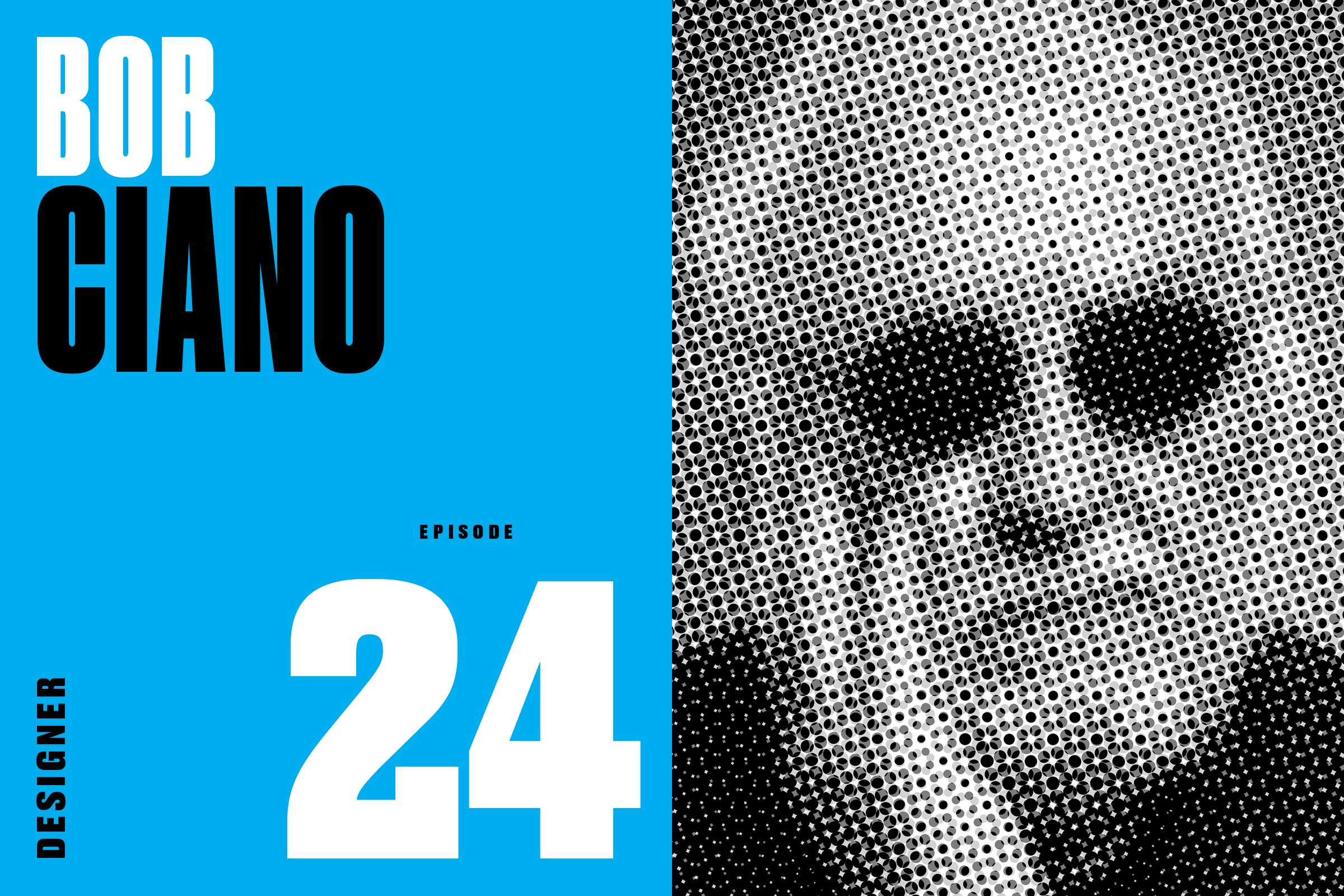A Style All Her Own
A conversation with editor and designer Stella Bugbee (The New York Times Style Section, The Cut, Domino, more).
It’s the Journey, Not the Destination
A conversation with photographer Albert Watson (Vogue, Rolling Stone, Harper’s Bazaar, more).
Designing Her Life
A conversation with designer, educator, and author Gail Anderson (Rolling Stone, SpotCo, SVA, more).
The Accidental Editor-in-Chief
A conversation with editor and author Terry McDonell (Rolling Stone, Esquire, Sports Illustrated, more).
An Englishman in New York
A conversation with designer Robert Priest (8x8, Esquire [twice!], GQ, House & Garden, more).
A Revolution from Within
A conversation with editor and author Gloria Steinem (Ms., New York, Esquire, Show, more).
A Freaking National Treasure
A conversation with illustrator Anita Kunz (The New Yorker, Rolling Stone, Time, more).
All the News that Fit
A conversation with editor and founder Jann Wenner (Rolling Stone, Outside, Men’s Journal, Us Weekly, more).












